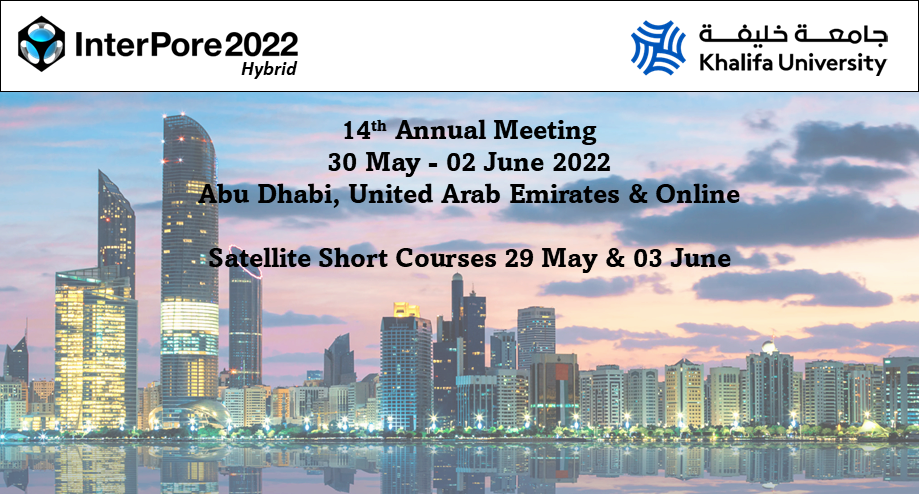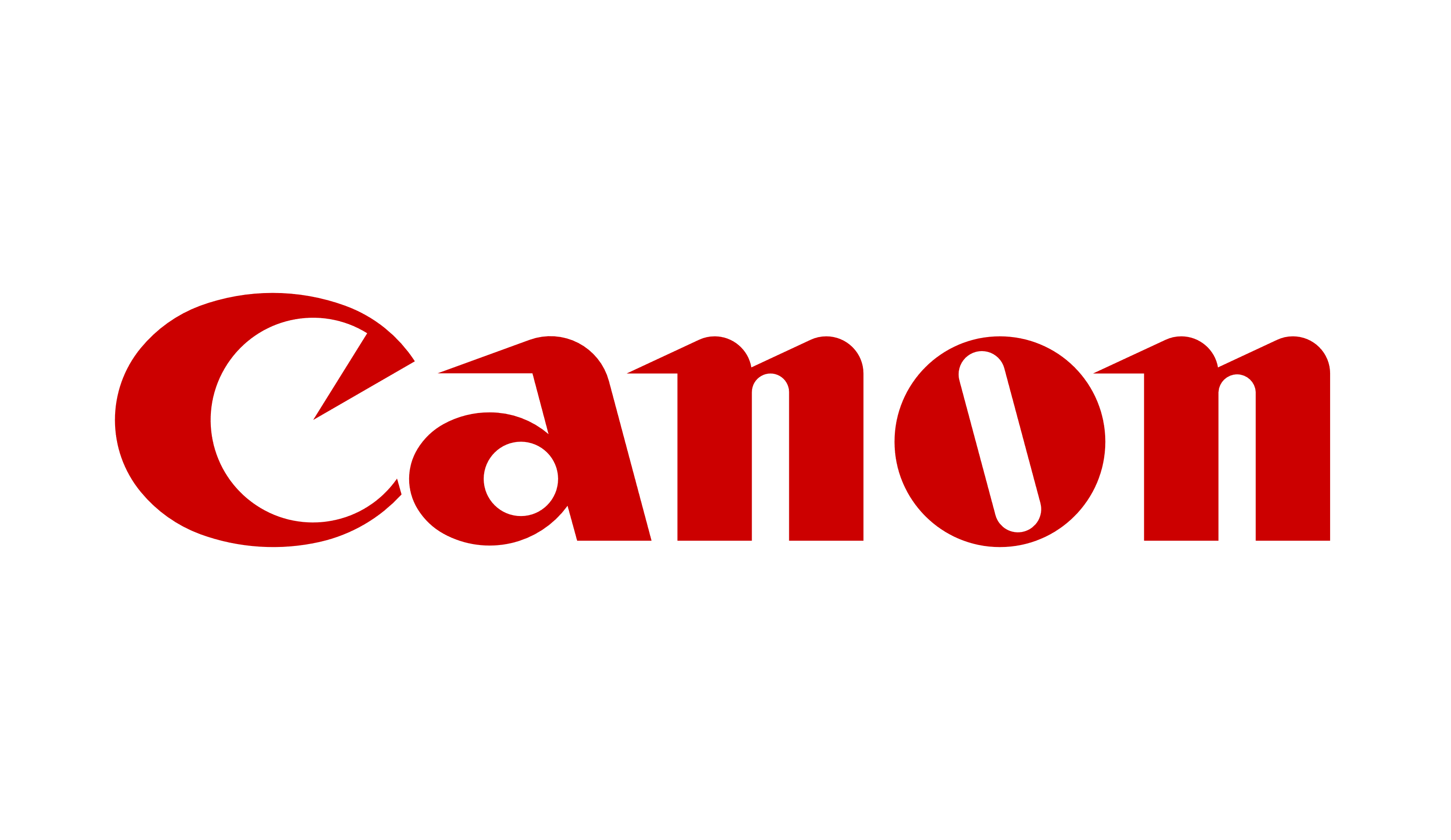Speaker
Description
Global warming due to greenhouse gases has been a major concern over the years. CO2 is among the most common greenhouse gases that has been released in significant quantities and hence the demand for its reduction. Recently, adsorption technology in particular clay minerals has drawn attention as a low cost, environment friendly means of carbon capture. The major drawback in adsorption technology is designing a biodegradable adsorbent with large CO2 uptake and adequate adsorption kinetics. Due to its natural abundance and high stability, this study focuses on natural clay minerals such as: Kaolinite, Montmorillonite and Illite as potential adsorbents for carbon capture. The effectiveness of proposed adsorbents is investigated at different conditions to optimize their capacity for CO2 uptake. Therefore, this work, investigates the impact of chemical activation of clay minerals using acidic and amine solutions on their CO2 adsorption capacity. Moreover, the effect of operating parameters such as temperature and reaction time with and without use of microwave are also included in this study.
The clay materials are activated by nitric acid and 3-aminopropyltriethoxysilane (APTES) solutions at elevated temperature from 25 to 70°C and as well as in microwave under 30 seconds and 1 minute. The materials are then characterized for their surface morphology, functional group interactions, surface area determination, and pore volume calculation by SEM, FTIR, BET and Image J software, respectively.
The results show that montmorillonite had the best adsorption capacity than kaolinite and illite before and after activation. The clay minerals also displayed an increase in surface area and pore volume and subsequently adsorption capacity. Kaolinite and illite were more resistant to acid attacks however, there is an improvement in pore size when the microwave is used thus implying reaction time may influence CO2 adsorption capacity. Increasing activation temperatures from 25 to 70°C resulted in a change of adsorbent structure and behaviour. In conclusion, microwave assisted clay activation at ambient conditions could be a competitive adsorbent in CO2 capture technologies where the surface area and pore volume of clays increased by 10%.
| Participation | Unsure |
|---|---|
| Country | UK |
| MDPI Energies Student Poster Award | Yes, I would like to submit this presentation into the student poster award. |
| Time Block Preference | Time Block B (14:00-17:00 CET) |
| Acceptance of the Terms & Conditions | Click here to agree |









